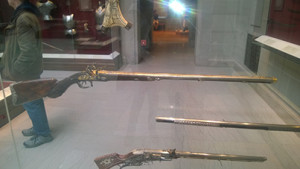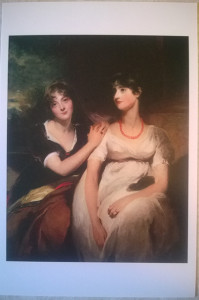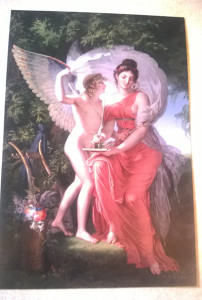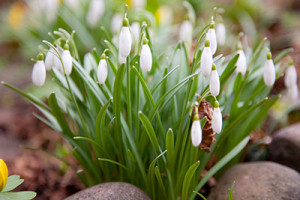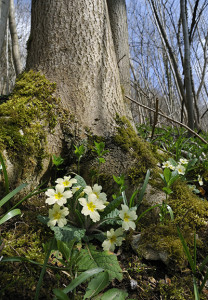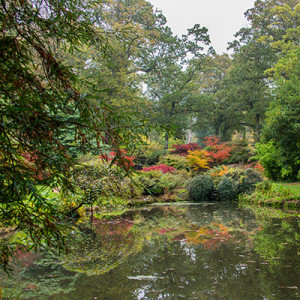 I recently went on my annual writers’ retreat, and it was wonderful as usual. Here I am with one of my friend writers, the lovely and talented Laura J Bear, who’s working on her next book. Laura’s debut women’s fiction novel, Where the Heart Lands, came out in March and deals with the relationship between two intriguing and troubled female characters.
I recently went on my annual writers’ retreat, and it was wonderful as usual. Here I am with one of my friend writers, the lovely and talented Laura J Bear, who’s working on her next book. Laura’s debut women’s fiction novel, Where the Heart Lands, came out in March and deals with the relationship between two intriguing and troubled female characters.
The basic formula for retreat success is the same every year: an idyllic lake house, a group of caring, supportive writer friends, lots of good food, wine and chocolate, romantic films to watch in the evening, and lots of time and space to write.
What could go wrong?
For many people, not much. If you’re a well-adjusted, happy person who can be spontaneous and creative without guilt, the above is more than enough to ensure a happy, productive weekend.
If you are a neurotic, self-flagellating nut sensitive soul who has at times been made to feel guilty about her creative life, it’s also important to bring the right mindset.
The challenge of having a perfect setup is that it creates a lot of pressure to be productive. It would be very easy for me to set crazy-high productivity goals. Such goals work well for people who are sane enough to be happy when they achieve say, 75-80% of their target. For me, setting the bar too high can make me choke, or at least to feel disappointed if I don’t manage to clear it.
There can also just be pressure to make every moment count. Being as starved for free time as I am, sometimes when I get some I worry about how best to use it. (OK, maybe “neurotic nut” is the right term.) I could also easily fall into the extreme of self-indulgence: too much chocolate, too much wine, too much watching videos into the night. Followed by guilt over not having achieved anything regarding the writing.
The key, I’ve found, is to aim for a happy medium between rigorous discipline and wild self-indulgence, and to focus on the process rather than the output.
This year in particular, I’m grappling with personal issues. Since I couldn’t write before the retreat and knew I wouldn’t be able to write for some time afterwards, I decided to use the retreat as a traveler through the desert uses an oasis: a place to refresh, renew hope, and gather energy for the next part of the trip.
 I made sure to spend some time every morning doing the complete wellness routine I wish I could do every day. This includes journaling, yoga, and meditation. I also made sure to exercise, either hiking and/or taking a kayak out for a paddle. I allowed myself to enjoy all that good food and the wine, neither bingeing nor denying myself.
I made sure to spend some time every morning doing the complete wellness routine I wish I could do every day. This includes journaling, yoga, and meditation. I also made sure to exercise, either hiking and/or taking a kayak out for a paddle. I allowed myself to enjoy all that good food and the wine, neither bingeing nor denying myself.
Instead of striving for wordcount, I used my writing time to brainstorm new stories. I now have a lot of detailed notes that will be very helpful when I’m ready to start writing again. Just as importantly, the retreat reminded me of how good–and very right–it can feel to be creative.
Do any of you do retreats of any sort–writing, spiritual, crafting, etc…? Any particular tips and tricks that help you get the most out of them?
Elena
www.elenagreene.com


